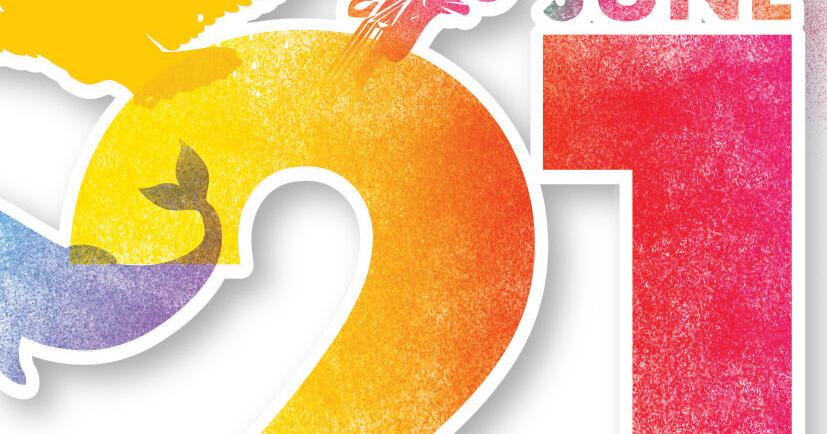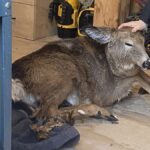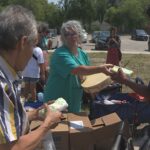As the sun rose on this year’s summer solstice, communities across Canada gathered to celebrate National Indigenous Peoples Day, marking a significant moment of cultural recognition that coincides with the longest day of the year.
In Kelowna, crowds gathered at Waterfront Park where the sound of drums echoed across Okanagan Lake. Syilx Elder Christina Thomas opened ceremonies with a traditional welcome that acknowledged the unceded territory of the Syilx people—a reminder that the celebration occurs on lands with thousands of years of Indigenous history.
“These celebrations are not just about cultural performances,” Thomas told me after the ceremony. “They represent our continued presence and resilience. The summer solstice has always been a time of gathering and celebration for our people.”
The June 21st observance, first established as National Aboriginal Day in 1996 following consultations with Indigenous organizations, has evolved significantly over nearly three decades. Statistics Canada reports that self-identified Indigenous populations have grown by 9.4% since the last census, now representing nearly 5% of Canada’s total population.
Federal Indigenous Services Minister Patty Hajdu released a statement highlighting the day’s importance, noting that “celebrating Indigenous culture isn’t a single-day event but should be woven into Canada’s daily fabric.” Her office pointed to $36.4 million in federal funding allocated this year for Indigenous cultural programming, representing a 12% increase from previous budgets.
Across the country, events ranged from intimate community gatherings to major urban celebrations. In Ottawa, thousands gathered on Parliament Hill where artisans displayed traditional crafts alongside contemporary Indigenous designers. The Assembly of First Nations reported participation in over 200 official events nationwide, with countless community-based celebrations happening in smaller settings.
What struck me most while reporting from various events was the multi-generational nature of the gatherings. Elders shared stories with young people, many of whom are part of a growing cohort of Indigenous youth reconnecting with their heritage.
“My grandmother wasn’t allowed to practice her traditions,” said Melissa Cardinal, a 22-year-old Cree student attending Kelowna’s celebration. “Now I’m learning our language and bringing it back into our family. This day means healing for us.”
The celebrations come amid continued calls for meaningful reconciliation. Just last month, the final report from the National Truth and Reconciliation Commission’s monitoring committee indicated that only 17 of the 94 Calls to Action have been fully implemented since 2015.
Notably, the festivities this year carried heightened significance as they follow Pope Francis’s 2022 visit to Canada, where he delivered a historic apology for the Catholic Church’s role in residential schools. That institutional system, which operated for over a century until 1996, forcibly removed approximately 150,000 Indigenous children from their families and communities.
Jordan McLeod, policy analyst with the Indigenous Governance Institute, explained the complex emotions surrounding the day. “There’s celebration, but also a recognition of ongoing struggles. Many communities still lack clean drinking water, adequate housing, or proper educational resources. True reconciliation requires addressing these fundamental inequities.”
While politicians from across party lines issued statements of support, Indigenous leaders emphasized that symbolic gestures must be matched with concrete action. The federal government’s Indigenous Services budget stands at $13.8 billion for the 2023-2024 fiscal year, yet critics point to persistent gaps in essential services and infrastructure.
The celebrations also highlighted the economic contributions of Indigenous communities. The Canadian Council for Aboriginal Business estimates that Indigenous businesses contribute over $30 billion annually to Canada’s economy, with growth rates exceeding national averages in several sectors.
In downtown Kelowna, local Indigenous businesses saw increased foot traffic during the celebrations. Morning Star Café, owned by Syilx entrepreneur Nicole Gabriel, served traditional foods with contemporary twists. “Days like this bring attention to Indigenous-owned businesses,” Gabriel said while preparing bannock. “But we’re here year-round, contributing to the local economy and sharing our culture through food.”
As evening approached, many celebrations transitioned to cultural performances featuring both traditional and contemporary Indigenous artists. The Polaris Prize-nominated group Snotty Nose Rez Kids performed to enthusiastic crowds in Vancouver, while traditional dance groups shared centuries-old movements and stories in communities large and small.
For many Indigenous leaders, the day represents both celebration and opportunity for education. Grand Chief Stewart Phillip of the Union of BC Indian Chiefs noted that “awareness has improved, but there’s still tremendous work ahead in addressing the legacy of colonialism and building truly respectful relationships between Indigenous and non-Indigenous Canadians.”
As darkness finally fell on the year’s longest day, many celebrations concluded with sacred fire ceremonies—a fitting symbol for a day that balances commemoration of difficult history with celebration of enduring cultures.
The summer solstice celebrations will continue throughout the weekend in many communities, with events scheduled across the country that invite both Indigenous and non-Indigenous Canadians to participate in this important national observance.






